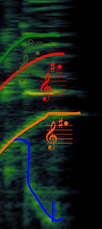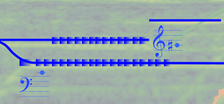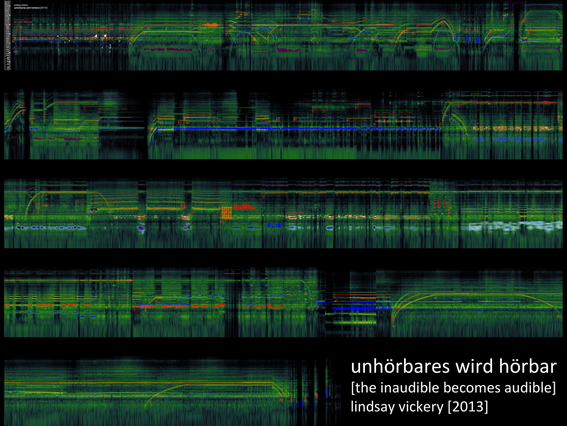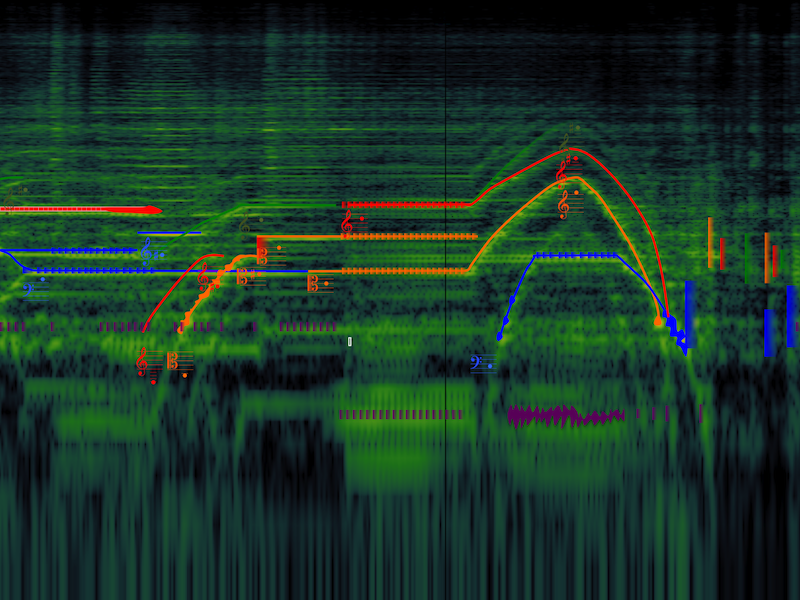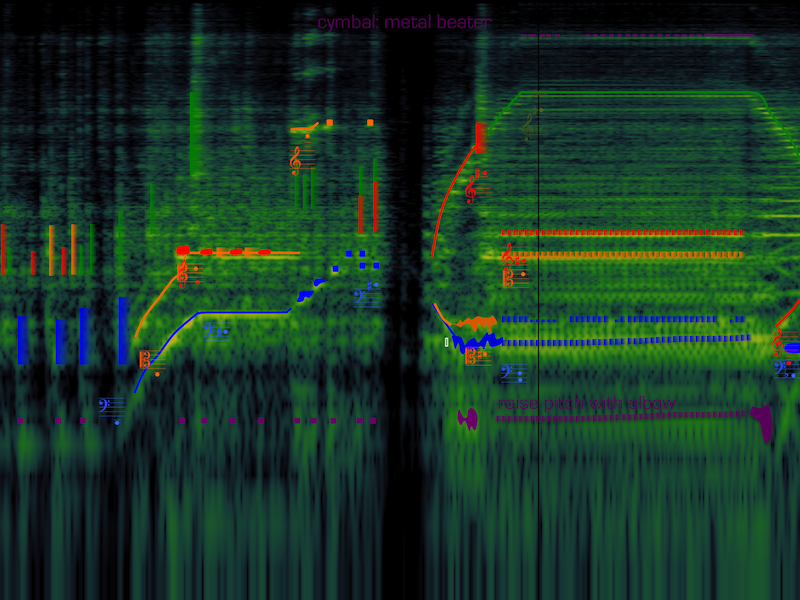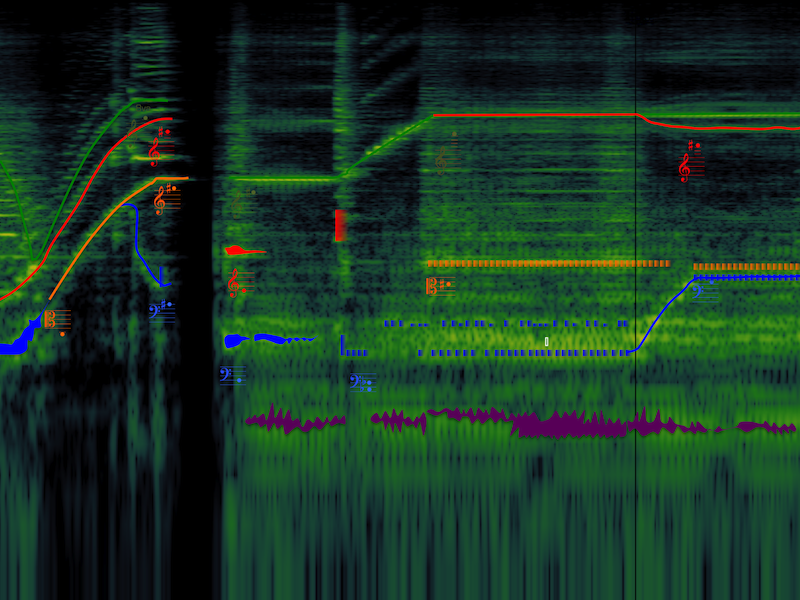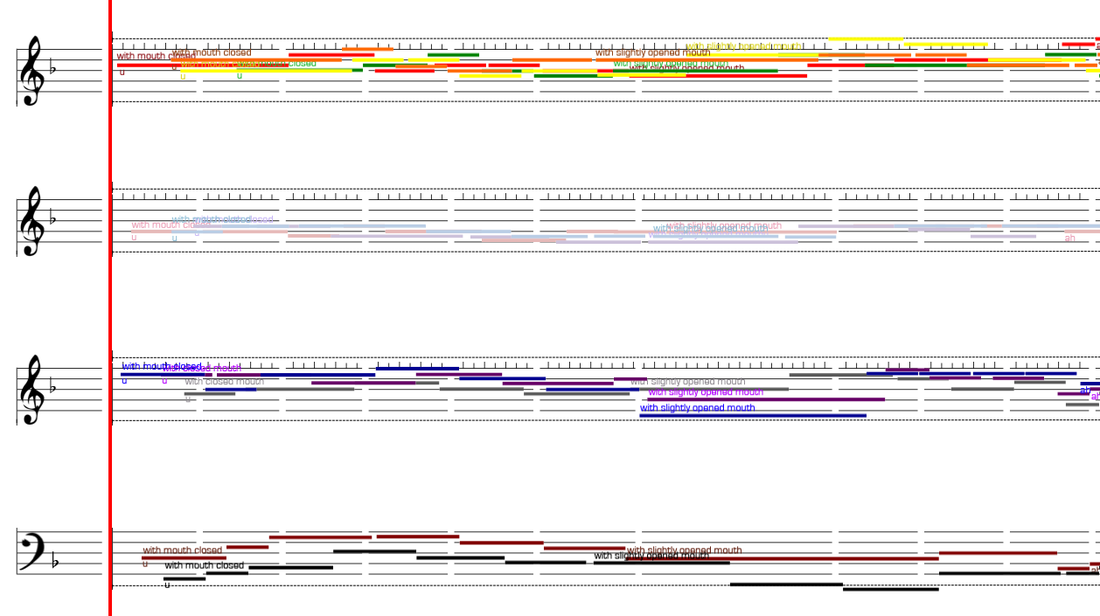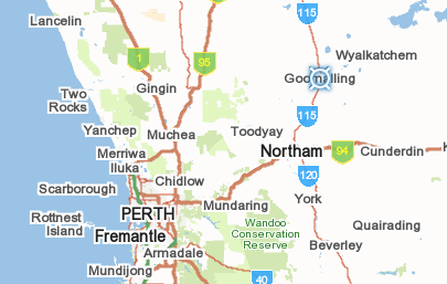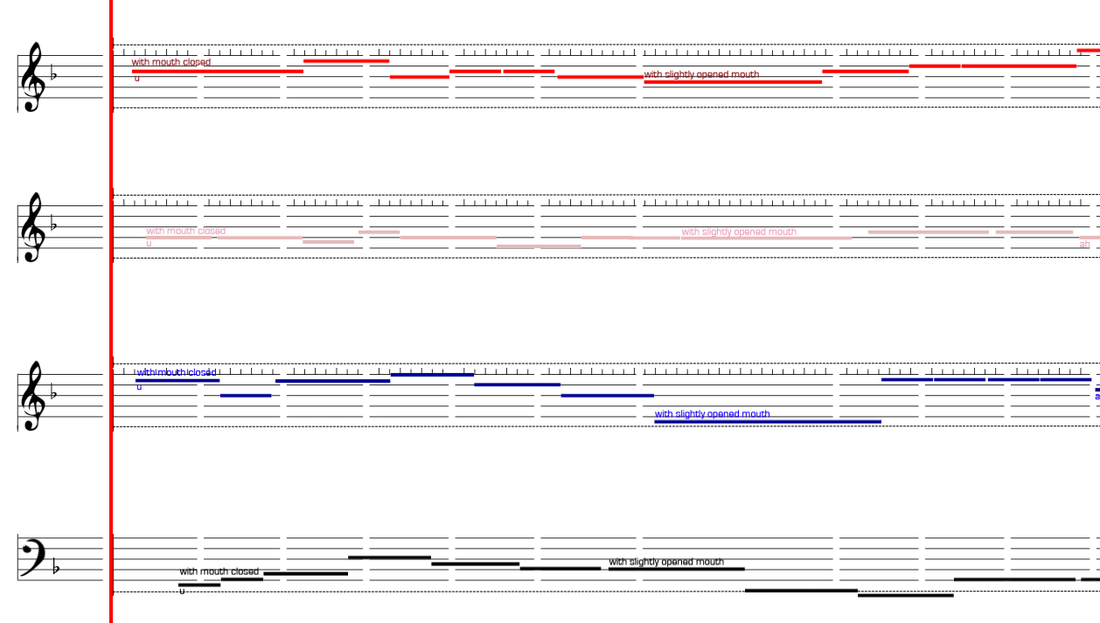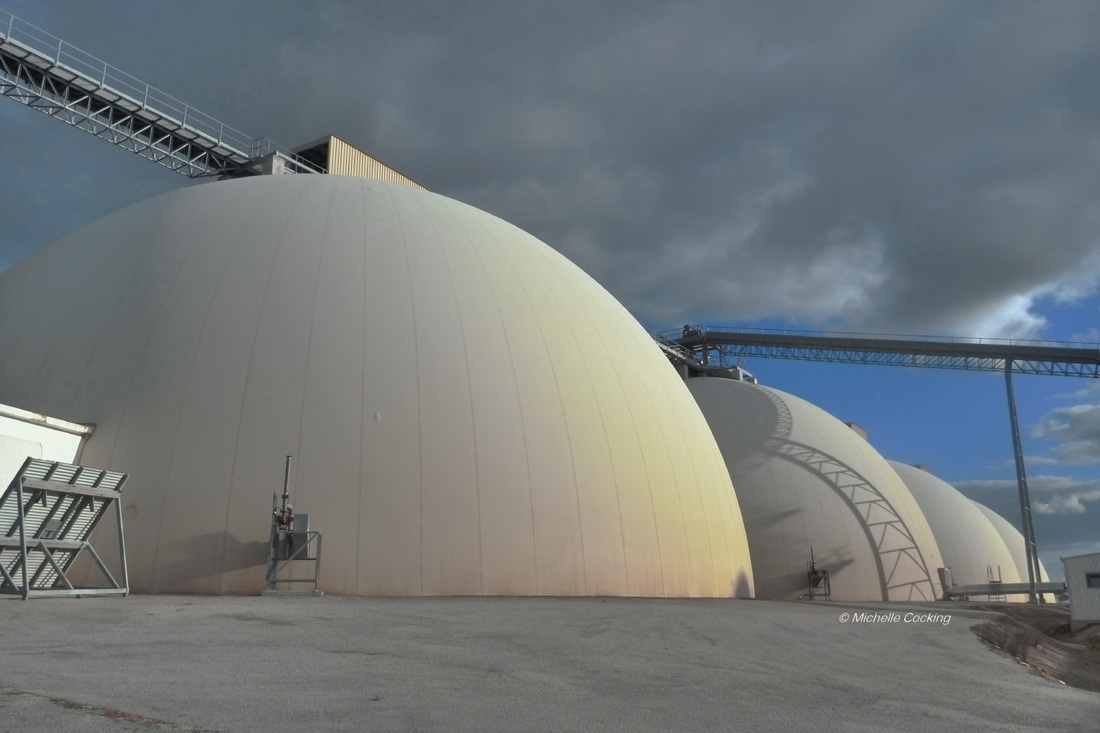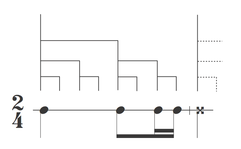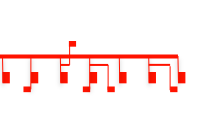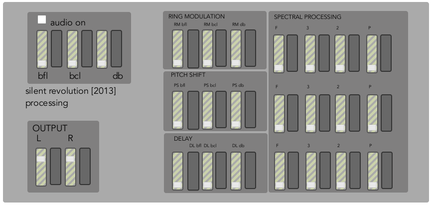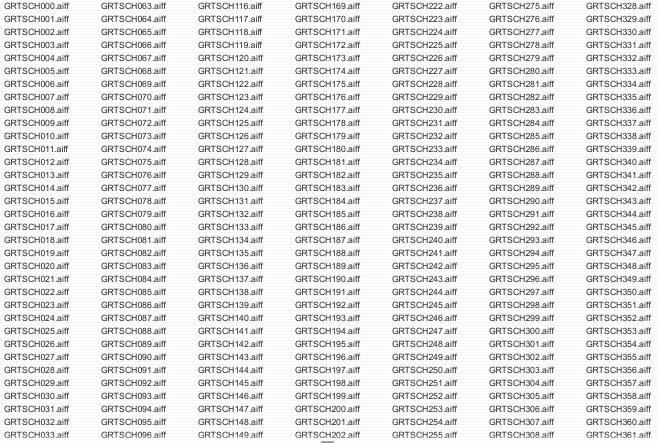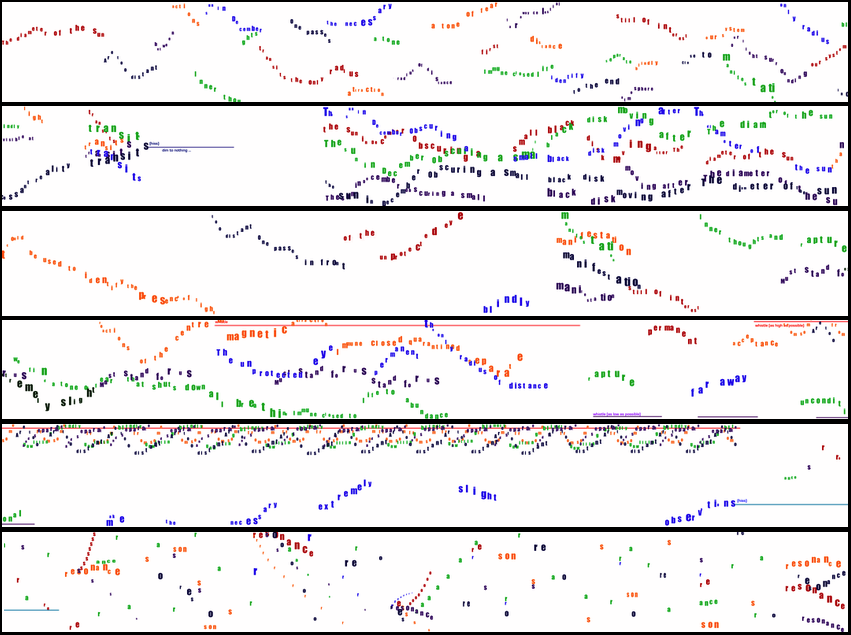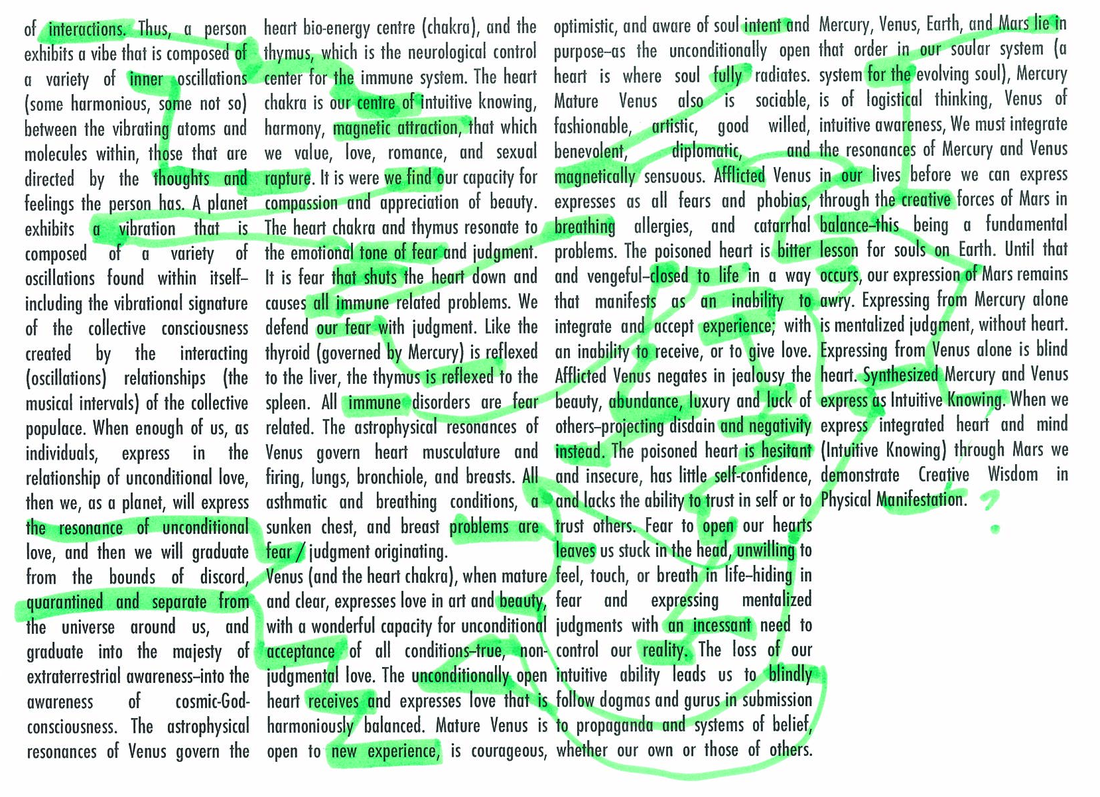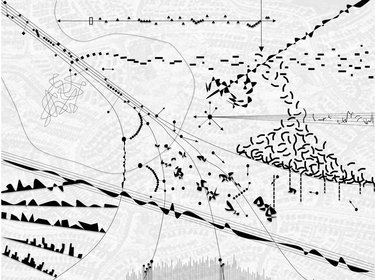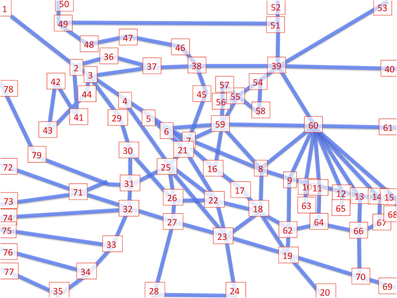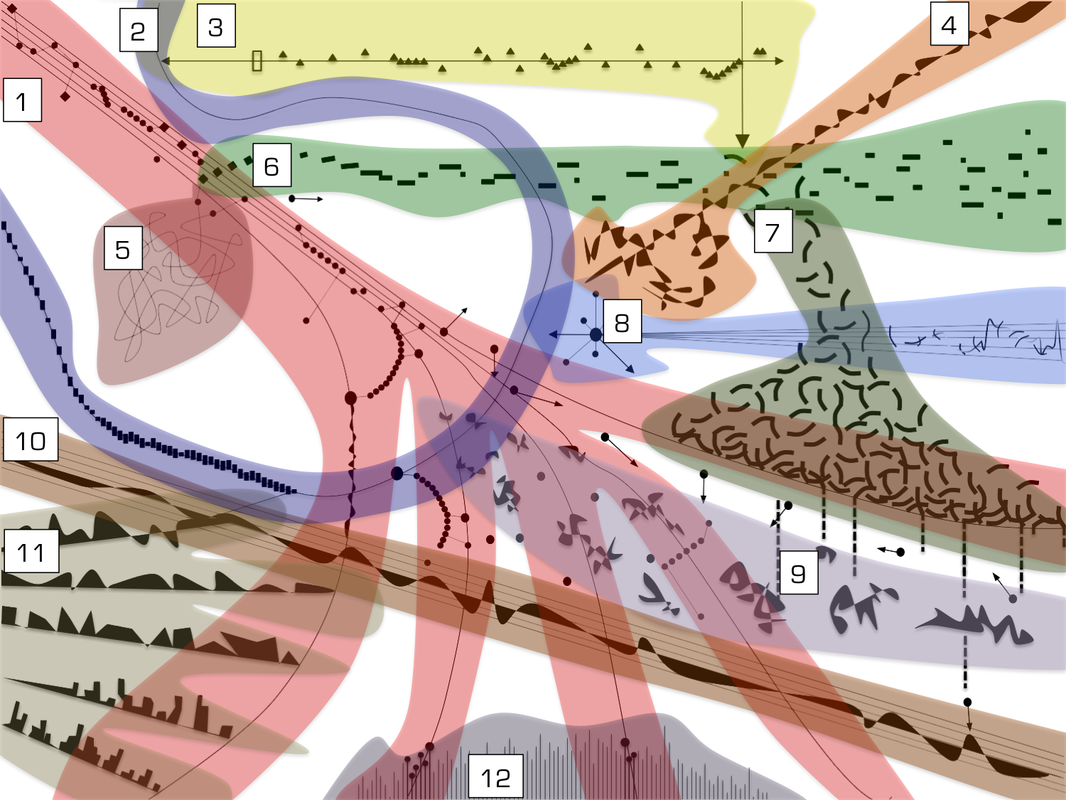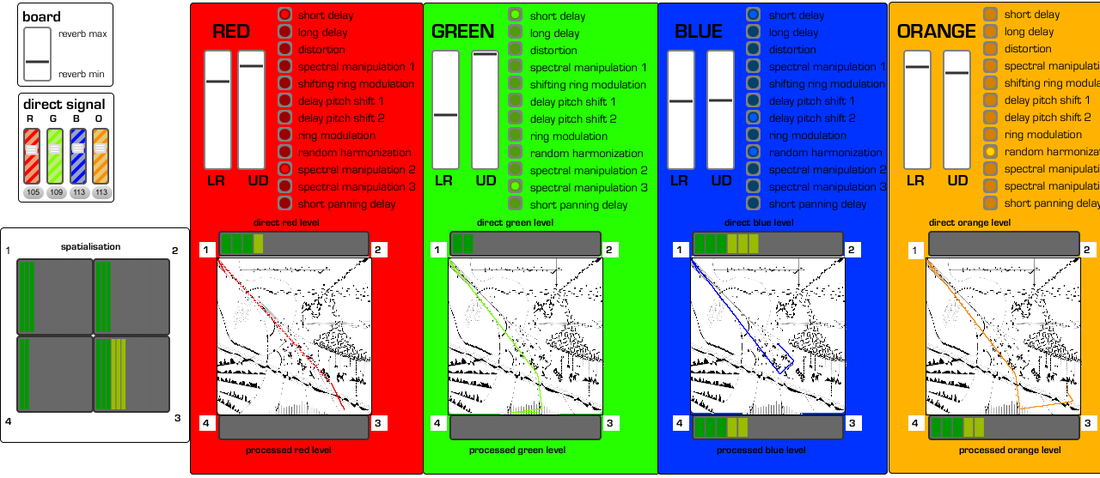2013
137 after Pranam II (Scelsi/Vickery) for flute, bass clarinet, viola, cello, organ and fixed media
|
In this version of Pranam II for Decibel, the ensemble perform five of the work's nine parts. The four absent instruments - flute II, horn, violin and double bass - are replaced with an electronic rendering of their sounds. The electronic part was created by visualising the frequencies of the absent instruments in a spectrogram and then re-sonifying the image with multiple sine tones. In this way the reduced ensemble retains the original - though slightly refracted - timbre of the original work. Live performers, on flute, bass clarinet, organ, viola and cello, playing the original score, are synchronised with the electronic component via click-track.
|
|
Performances:
20141208 Decibel – Inner Space: The Giacinto Scelsi Project, Curva Minore, Goethe Institut Palermo
20141110 Decibel – Inner Space: The Giacinto Scelsi Project, Melbourne Recital Centre
20150806 Decibel – Inner Space: The Giacinto Scelsi Project, WAAPA Music Auditorium
20141208 Decibel – Inner Space: The Giacinto Scelsi Project, Curva Minore, Goethe Institut Palermo
20141110 Decibel – Inner Space: The Giacinto Scelsi Project, Melbourne Recital Centre
20150806 Decibel – Inner Space: The Giacinto Scelsi Project, WAAPA Music Auditorium
136 unhörbare wird hörbar (the inaudible becomes audible) [2013] for flute, clarinet, viola, cello, percussion and fixed media 8m 45s
|
unhörbare wird hörbar is the title of a 1968 book by Konstantin Raudive detailing his experiments "discovering" Electronic Voice Phenomena (that he describes as "disincarnate voices") through various means.
This work is spectral trace, in which the prominent features of a spectrogram are "orchestrated" for ensemble by means of a scrolling graphical score. The five instruments are colour coded: flute - green, clarinet - red, viola - orange, cello - blue and percussion - purple. |
The performers are given cues to outline key components of the graphical shapes they are to play, as well as traditional textual expressions and instructions (Above left). The players are synchronised through reading from networked iPads using the Decibel Scoreplayer. Each player reads from a "part" which consists of their own materials superimposed over the complete, but "greyed-out" score (above centre).
|
The live instruments perform in conjunction with a re-sonified version of the spectrogram created by mapping a black and white version of the image to 613 frequency bands, where shade is rendered as amplitude. A video explaining this process is to the right.
Shortwave Radio and Interactive Electronics The original spectrogram itself is taken from a solo bass clarinet and electronics performance (See study for no-input bass clarinet no. 3 part II below). The electronic component was generated by an earlier MaxMSP patch "Spectral Transmission" for shortwave radio and electronics. An tentative first version of the work was premiered on 10 October 2013 at SHOCK OF THE NEW, Spectrum Project Space, Perth. The score that was used can be viewed here. Below is the first recording from Palermo - il suono dei soli 101 by Decibel (Cat Hope - flute, Lindsay Vickery - clarinet, Aaron Wyatt - viola, Tristen Parr - cello, Stuart James - percussion, Josten Myburgh - electronics). |
|
|
Performances:
20140327 Axis21, Spectral Crossings, WAAPA Music Auditorium, Perth 20141208 Decibel, Curva Minore, Goethe Institut Palermo |
|
135 striations: after ravel [2013] for choir 5.5m
Material from the first ten bars of Ravel'sPavane pour une infante défunte is slowed to 1/8 speed and redistributed for 12 voices. The scrolling score allows singers to view any combination of the 12 parts. The image to the left shows all voices and the image to the right shows just one part per stave.
134 silent revolution [2013] viola, cello, double bass and electronics 9m
silent revolution is a scrolling score for bass flute, bass clarinet, double bass and electronics. It was first performed by Cat Hope, Lindsay Vickery, Mark Cauvin and Jon Watts at the concert/broadcast Polysonics at ISEA2013 at Studio 22 ABC Ultimo, Sydney. The work reflects on the recent work of journalists Chris Hedges, Jeremy Scahill, Alan Weisman and others. In particular, the opening of the score is a collage of images from Camden, New Jersey, one of the places Chris Hedges refers to as a sacrifical zone, where "where those discarded as human refuse are dumped, along with the physical refuse of postindustrial America".
The second part of the score focuses on the displaced: encampments of Occupy, refugees of wars in Mali and Chad and the destroyed face of Lebanon.
The final section shows images of a proposed WIPP ( Waste Isolation Pilot Plant), described by Alan Weisman as a "scarecrow to posterity" for the storage of waste so toxic that "the U.S. Department' of Energy is legally required to dissuade anyone from coming too close for the next 10,000 years" (p. 209).
|
The scoring method attempts to solve the issue of notating meter in the scrolling score format, by visualising the metrical hierarchy in the manner proposed by Honing is his paper Structure and Interpretation of Rhythm and Timing (illustration to the immediate right). The metrical pulse in the score is represented by the highest and broadest beam and subdivisions by a secondary and thinner beam (illustration to the far right).
|
|
|
The audio processing, consisting of Ring Modulation, Pitch Shift, Delay and Spectral Processing, is automated, blending the effects according to the position of the score. The Spectral Processing groups detected harmonics into fundamental, even numbered, every third and prime harmonics up to the 16th partial.
|
|
Performances:
20151009 silent revolution, The Firehouse Space Brooklyn 20150205 Spectral Manipulation, California Institute of the Arts, Amy Knoles/Lindsay Vickery/James Rushford 20150130 Dark Music Days Festival, Reykjavik Lindsay Vickery/Páll Ivan frá Eiðum/Þorkell Atlason 20140318 Decibel, Digital Humanities Conference, ECU, Perth 20131125 Decibel, Dig Gallery, Kosice Slovakia 20131124 Decibel, Bunkier Stuki, Krakow, Poland 20130824 Decibel, Switch On Mini Festival, Findars, Kuala Lumpur, Malaysia 20130715 Decibel, POLYSONICS: ISEA2013, ABC Studio 22, Sydney 20130625 Decibel, The WA Composers Project, Perth Institute of Contemporary Arts, Perth |
|
133 Dazbot1 [2013] for self-actuating drum samples
132 Resonance Manifestations [2013] choir (and fixed media) 6m
|
Resonance Manifestations is a work for whispering choir. The text is a collage of words from three webpages about the transit of venus: one astronomical, one astrological and one a mills and boon style romantic story. The three texts were distributed in vertical columns and then lines were chosen in horizontal (sometimes) collections in a manner similar to Tom Phillips' A Humument or Surrealist Marcel Mariën's "étrécissement".
|
The score is presented on a scrolling scoreplayer. Each of the six parts indicated by a different colour. Relative pitch is indicated vertically and relative loudness by font size. In this sense, the work draws from John Cage's Aria (1956). The choir is ideally situated around the audience to accentuate the spatial qualities of the work. This performance was made by ENEKSIS under the direction of Micheal McCarthy at Shock of the New 5 April 2013, Spectrum Project Space.
|
Performances:
20130405 Eneksis, Shock of the New, Spectrum Project Space, ECU Perth
20130421 Eneksis, WAAPA Music Auditorium, Perth
20130405 Eneksis, Shock of the New, Spectrum Project Space, ECU Perth
20130421 Eneksis, WAAPA Music Auditorium, Perth
131 The Last Years [2013] four instruments and electronics 8m
|
The Last Years uses a score comprising a range of graphically notated symbols. The four performers realize the work by interpreting the notation that is framed by a “planchet”: a circle colour coded to correspond to an instrument. (The term planchet is taken from the designation of the heart-shaped piece of wood used on a Ouija Board to indicate the supposed responses of “spirits”). The planchets explore the score vertically and horizontally, but are restricted to certain paths, emphasising the semantic nature of the notation by forcing the player to read them sequentially.
The trajectories of the planchets are indeterminate, but permutate between a range of contrasting behaviors: Wander – in which the movement of the four planchets are completely independent; Exuent – in which, upon reaching the edge of the score, a planchet fades out and then later reappears at another edge; and converge - in which three planchets converge on the (moving) position of the remaining planchet. The pathways are shown below. |
The score itself does not move, but is transformed into less detailed and less overtly semantic shapes at certain points in the work.
|
The sounds of the instruments are individually processed and diffused through four channels. Graphical features on the score, the available pathways for the planchets, are mapped to a range and combination of processing strategies, including: pitch-shift/delay, spectral manipulation of the amplitude and frequency of individual sinusoidal components, reverberation, distortion and ring modulation. The diffusion and the processing mixes are determined by the position of the planchets on the score as shown below.
1. short delay 2. Long delay 3. Distortion 4. Spectral manipulation on downward pitch shifting signal 5. Ring modulation on pitch shifting signal 6. Changing delay lengths and pitch shift 7. Changing delay lengths and downward pitch shift 8. Ring Modulation 9. Random harmonization 10. Spectral manipulation 11. Spectral manipulation with pitch shifting sinusoidal components 12. Short Delay with rapidly panning diffusion. |
|
The score is presented to the performers on networked iPads. The sound is processed by Max/MSP and the score is presented for the audience to follow.
The Last Years builds on ideas from an earlier work The Talking Board composed in collaboration with Cat Hope. Quad processing and spatialisation patch for "The Last Years".
|
|
Performances:
20130816 Decibel, ICMC 2013, Hacket Hall, Perth 20130430 Decibel, Studio 620, ABCFM, Perth |
|
130 The Talking Board II [2013] (with Cat Hope) four instruments and electronics 8m and
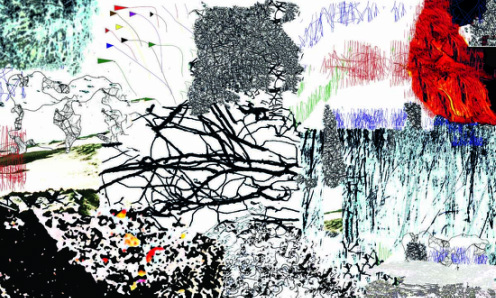
Cat Hope and I decided to create a new score for The Talking Board for a performance at the NowNow Festival in Sydney on Jan 11 2013. In addition to being a work in its own right, The Talking Board is also a paradigm for reading a graphic score: one that focuses the performer's attention upon specific details of the graphical score. The movements and behaviours of the "planchets" (the coloured circles that indicate which part of the score a performer should "read") are not fixed and so any performance will draw different elements of the score into focus. So in the same way that a standard five line staff may be the means to realise many different kinds of music, the Talking Board paradigm allows for the exploration of many different kinds of ideas. In the The Talking Board II, I was interested in using the contours of natural forms (trees, rocks, lichen etc) as a means of exploring new textures. Cat on the other hand explored some of the graphemes used in her recent scores as well as the idea that the colour of the shapes would determine which player could perform them.
|
Unlike the previous version, in which there were 20 distinct images aligned in a 4x5 rectangle, the images in this version are partially blended into one another. This results in a regions of distinctly contrasting texture as well as transitional regions. The planchet behaviours include smooth "scrolls" across the screen (which result in a smooth sonic transitions for the performers) and jumps to new locations (which result in disjunct sonic contrasts for the performers).
The video to the right explains how the processes involved in this graphic score reading paradigm. At the end of the video my work The Last Years is also discussed. The last years employs a slightly different process. The score is more "semantic" (in that it looks more like a traditional score), The planchets are restricted to certain paths, emphasising the semantic nature of the symbols by forcing the player to read them in a more traditional manner (ie along a pathway). Finally the score itself does not more, but instead details are transformed or perhaps deformed into less overtly semantic shapes at certain points in the work. |
|
|
Performances:
20131125 Decibel, Dig Gallery, Kosice Slovakia 20131124 Decibel, Bunkier Stuki, Krakow, Poland 20130824 Decibel, Switch On Mini Festival, Findars, Kuala Lumpur, Malaysia 20130111 Decibel, NOWnow Festival, The Red Rattler, Sydney 20121228 Decibel, Heartless Robot, The Bakery, Perth |
|
129 study for no-input bass clarinet no. 3 [2013] bass clarinet 10m
The third study exploring the potential of the no-input bass clarinet in which a microphone in the bell is used to bring amplificationt to the edge of feedback. The feedback is "played" by changing fingerings on the instrument. In this study a SM58 dynamic microphone was used. Again the study explored the range of pitches that may be drawn from this configuration and the impact of the striking of keys on the production of feedback tones. In part II of the performance, it is combined with electronics. The electronic component conducts a spectral analysis on the feedback and plays each sinusoid at a rate proportional to its position in the harmonic series: ie the rate of the third harmonic is 1.5 times faster than the second harmonic because they have a 3:2 ratio.
Performances:
20130113 Lindsay Vickery, The Guerilla Sessions, undisclosed location
20130113 Lindsay Vickery, The Guerilla Sessions, undisclosed location

